My paint recipes
Sharing and experimenting
Over the years, I've developed many recipes that I use in my artistic practice. I share them with you here. They are the result of a process of research and experimentation, which takes time and effort to perfect. This phase seems essential to me, because in the end, it enables me to create works by mastering all the stages involved in their realization.
These recipes are not fixed, but rather starting points. You are free to adjust them according to your own preferences and/or knowledge.
Don't hesitate to share yours if you have any others, or to let me know what changes you'd make to the ones I give you!

Newsletter
If you sign up, you won't receive any spam from me, just one or two newsletters a month, no more.

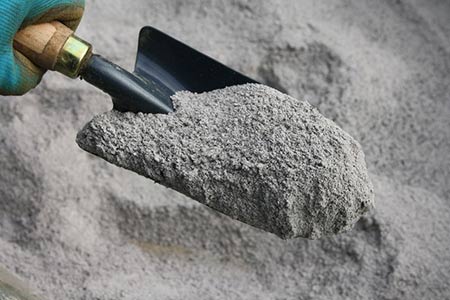

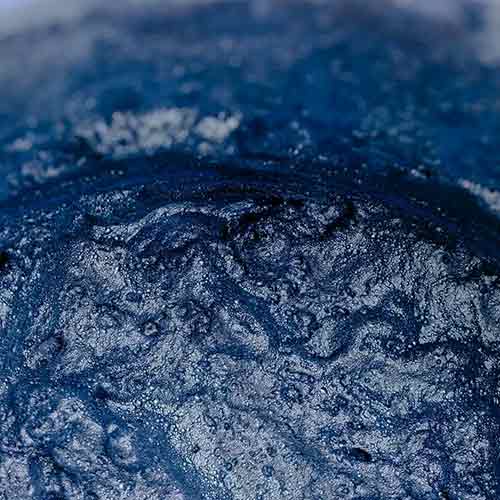
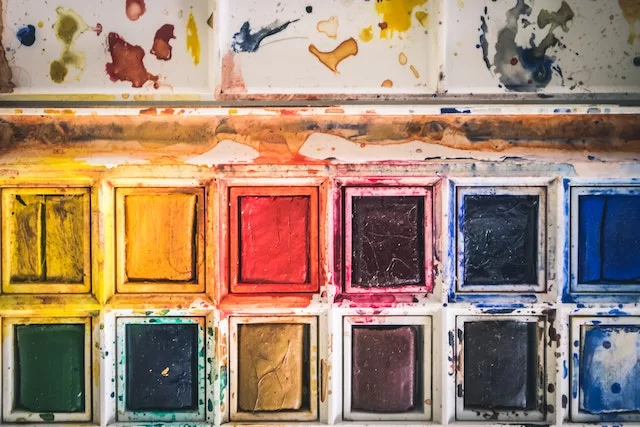
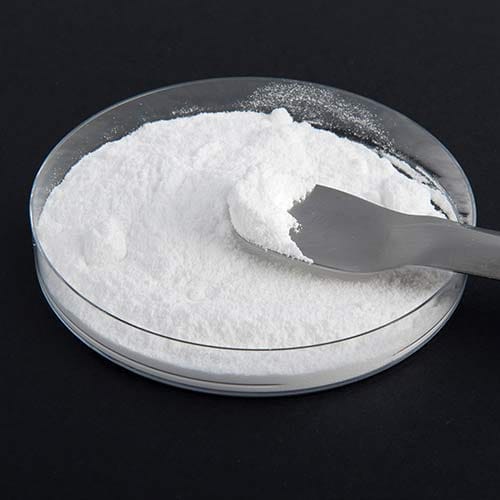
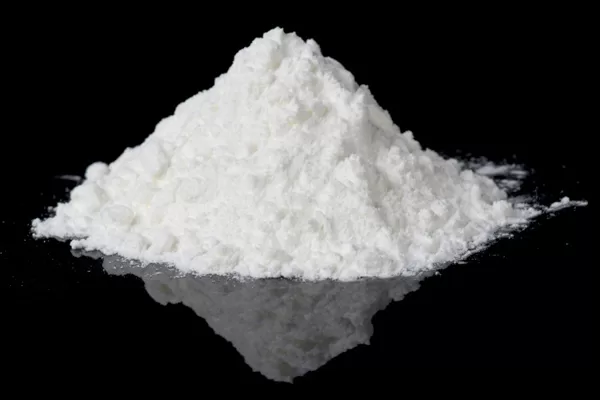


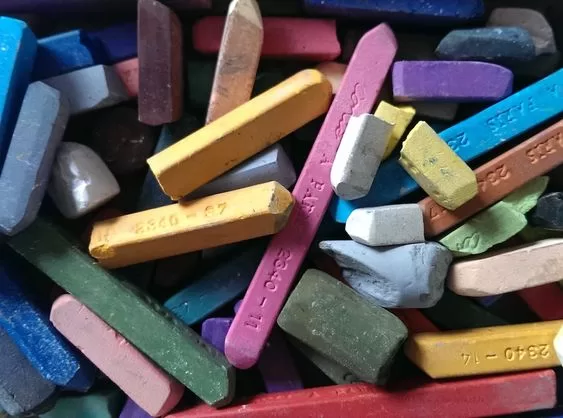
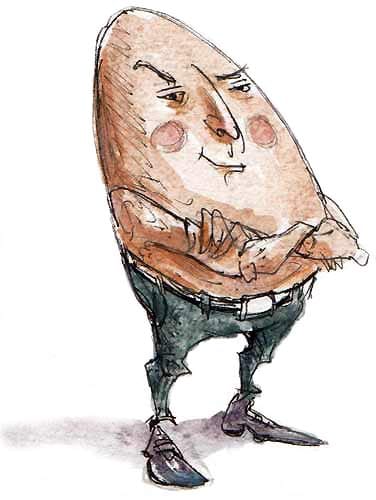

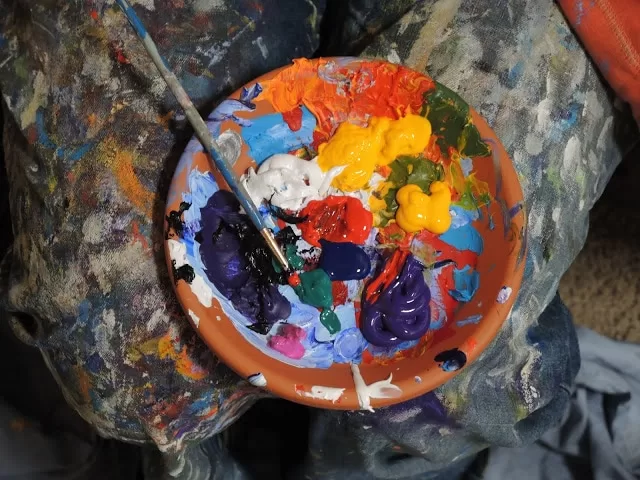


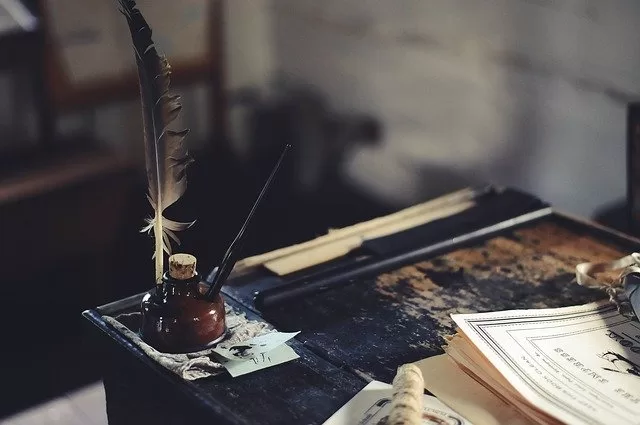
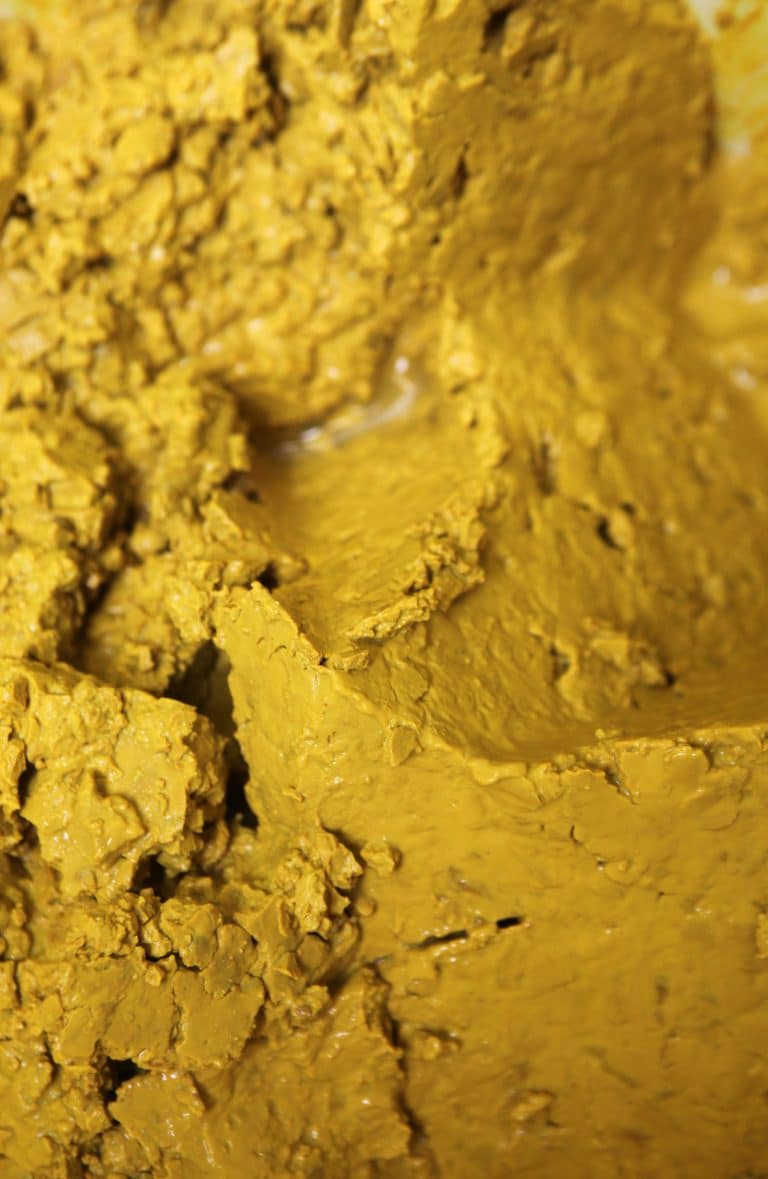



2 answers
Hello,
I'm planning to paint some pictures with pigments and ground earth.
I'm wondering if the glue made from flour and water can be used to mix with the pigments when making my painting, and will this paint last over time?
I hope to receive an answer
Hello,
If you're going to paint on a rigid support like wood, the pigments will adhere to the support without any problem (although I'd advise you to add linseed oil, which is essential for the paint to adhere better), but I've never tested it with ground earth, and from experience I'd say that it depends on the size of the pieces; if they're too big, I wouldn't advise you to use this technique. If you want to paint on canvas, I wouldn't recommend using the flour paint technique. This technique lacks flexibility and runs the risk of cracking and therefore not lasting over time, and is not suitable for a flexible support. If the support (rigid, I repeat) is well prepared and the recipe followed, your paint will last over time without a care in the world!
If your ground earth is not very fine, you could try fixing it to the support with rabbit-skin glue. Rabbit-skin glue is flexible and should, in my experience, enable the clay to adhere well to the substrate.
Have a nice day